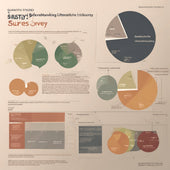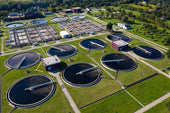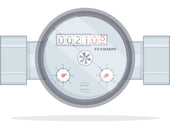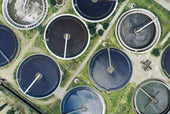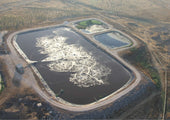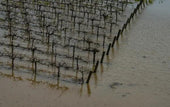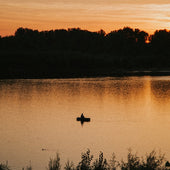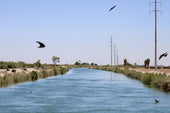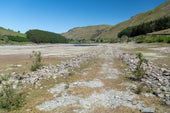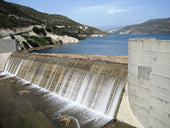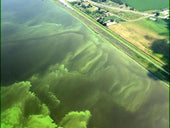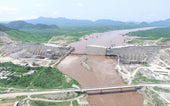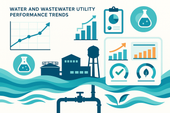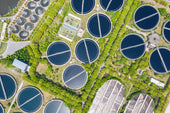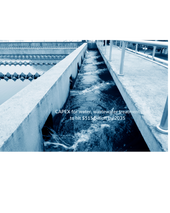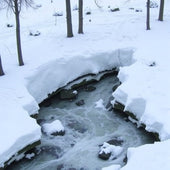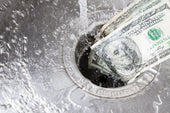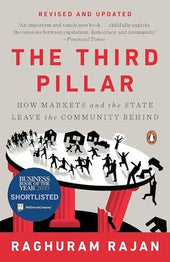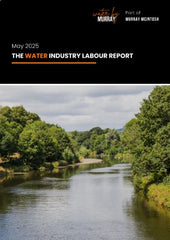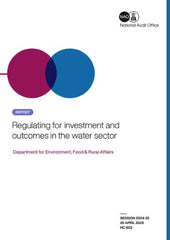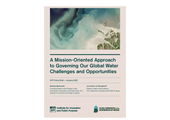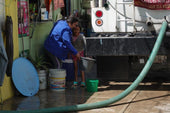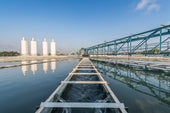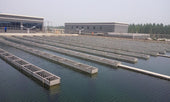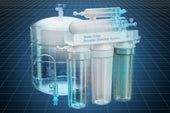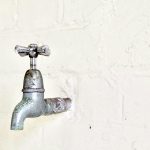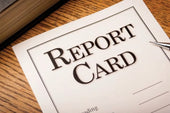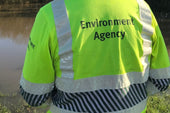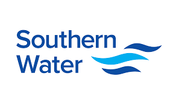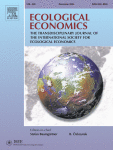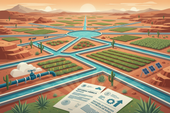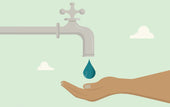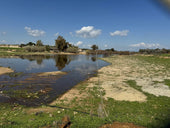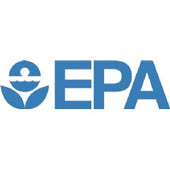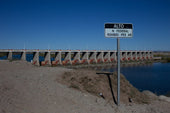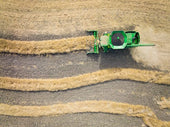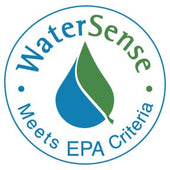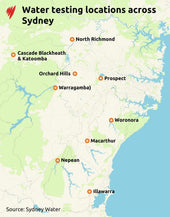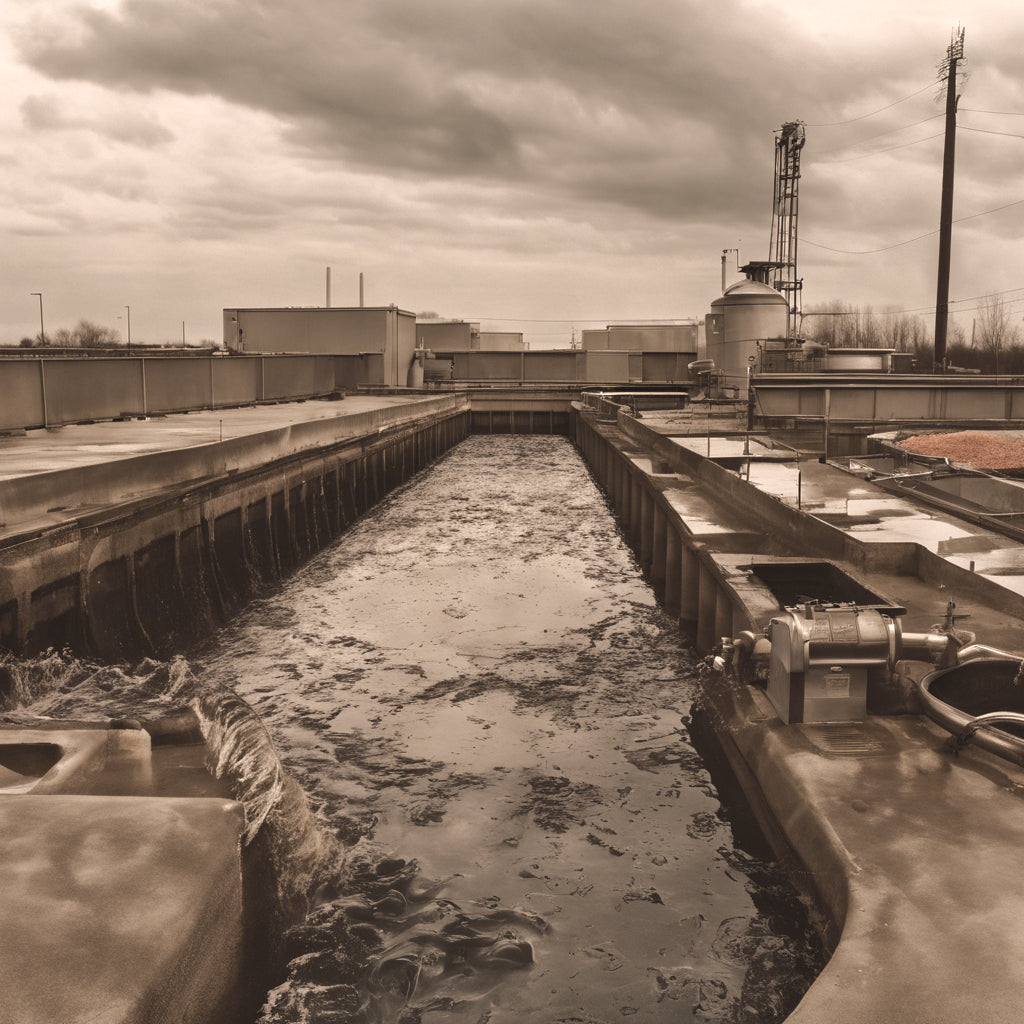
What sewage to water ratio are you comfortable with?
The recent flooding has got me thinking: I wonder how much sewage was released into the waterways as a result of the weather? Nobody else? Most of our sewer pipes are ‘combined sewers. Long and short is that water from your toilet and sink meets with water from drain pipes and it all travels in one pipe to a sewage treatment plant. When there is excessive rainfall, the combined sewage system overflows into rivers and seas. This protects our homes from flooding but does mean we introduce potentially harmful substances into our waterways.
It isn’t the individual’s responsibility to every so often check if one of the most vital resources we depend on for survival is being cared for properly. If you believe this then you are certainly in the majority. You should be able to go to your kitchen sink, turn on the tap, and pour a glass of water and trust it is safe for consumption. I’d hazard that most people don’t even know where their water comes from. For those who live in Glasgow and are curious it comes from Loch Katrine in the Trossachs National Park.
Last year a massive scandal broke about the record level of waste being released into UK wayways. This came at a time when bonuses to water company bosses reached an eye-watering £9.1m. The UK government introduced the Water (Special Measures) Bill designed to give regulators new powers to enforce legislation that deters water companies from unjustifyably releasing sewage into the waterways. This includes powers to block bonuses for executives who pollute our waterways; and bring criminal charges or issue fines against persistent law breakers.
Near weekly, reports of polluted waterways in different areas in England are in the press. The BBC warns that “Untreated sewage contains bacteria such as E.coli and viruses like hepatitis, external, that can be harmful to animals and humans.” Sewage pollution also results in illness and death amongst fish and insect populations. The water companies are not just failing us, but the environment.
People were naturally outraged at the revelation that our waterways are being contaminated, but it would be misleading to not get specific about the differences in severity of this issue in Scotland versus the rest of the UK.
Official statistics from Scottish Water state 21,660 discharges were logged in 2023. This is a 10% increase from 2022. Scottish Water stated this rise was the result of higher rainfall.
A Scottish Water spokesperson stated “Around 99% of overflows is rain water, surface water, road run-off, grey water, infiltration of groundwater and trade effluent. The system is designed to operate in a way that prevents blockages and flooding our homes, businesses, and communities”.
Charity, Surfers Against Sewage (SAS), published a 2023 Water Quality report that concluded the Scottish Government should direct Scottish Water “to install event duration monitoring on all overflows and for that data to be freely and easily accessible to the public in real-time.” They argue the 4% of reported sewage overflows is insufficient and fails to monitor many important sites. “Thurso (a world-famous surfing location) and Portobello in Edinburgh (a popular beach, with thousands of visitors), have noticeably no reporting whatsoever.”
The Scottish Environment Protection Agency (SEPA) released data revealing “more than 2,000 complaints about sewage in Scotland’s rivers, lochs and beaches were reported between 2019 and 2023.”
It is important to note that “Scottish Water carries out over 300,000 tests every year, with 99% of them passing every test. It’s no wonder Glasgow always has consistently high-quality drinking water on tap.”
Water is safe to drink in the UK but our waterways have varying levels of contamination, indicative of how the water industry handles our water supply. Let’s put the sewage released in Scotland into perspective with the rest of the UK. According to the BBC “Scotland has the largest number of high quality rivers – with up to 66% in good condition. In Wales, the figure is 40%, in Northern Ireland it’s 33% and in England it’s just 14%.”
Without drawing conclusions, it is perhaps worth noting that Scottish Water is a statutory corporation meaning it is owned by the Scottish Government, while the Water Industry in England and Wales consists of a small number of private monopoly water companies regulated by Ofwat.
Any relief or national pride you may be currently feeling does still mean there is a ratio of waste to water that you find acceptable. In the meantime, everyone say “thank you Scottish Water” because they hold our lives in their hands, like a tiny bird.
The post What sewage to water ratio are you comfortable with? appeared first on Glasgow Guardian.


